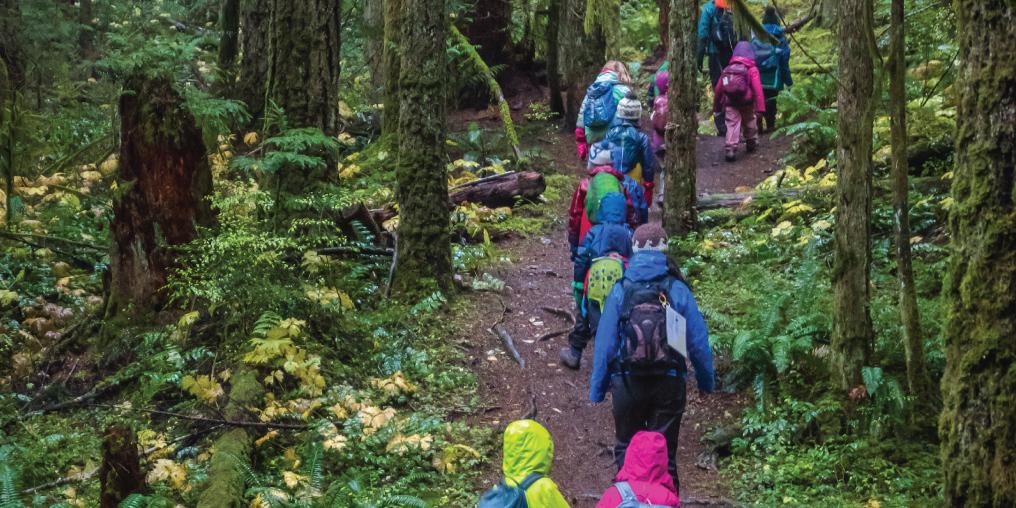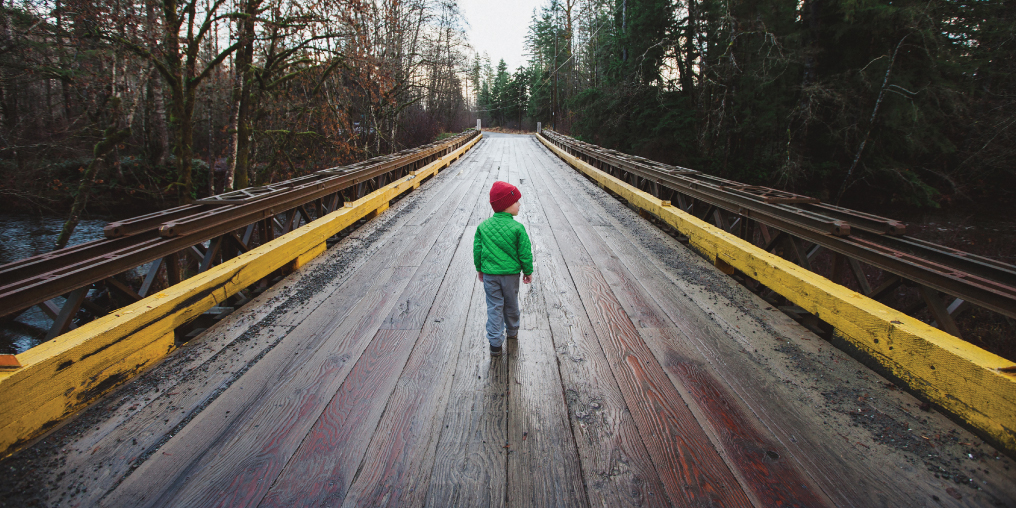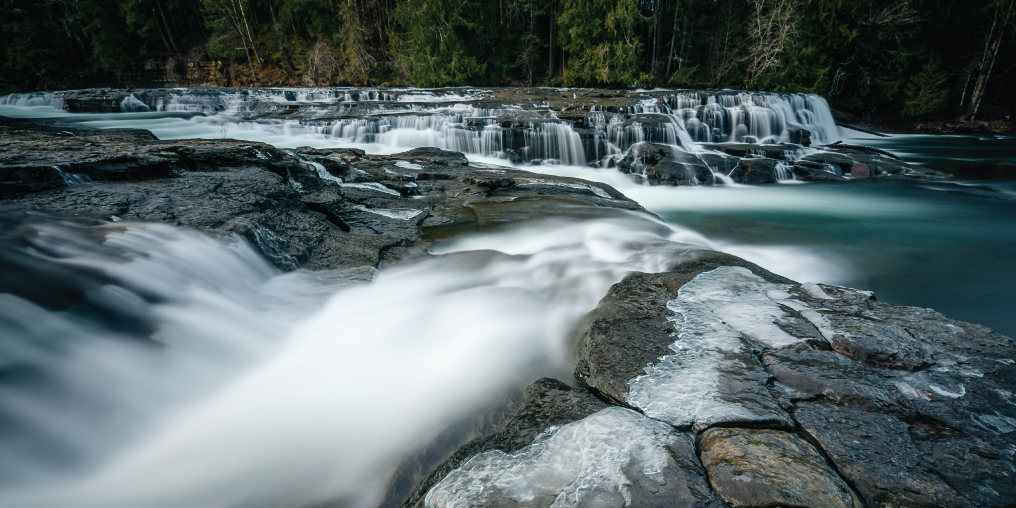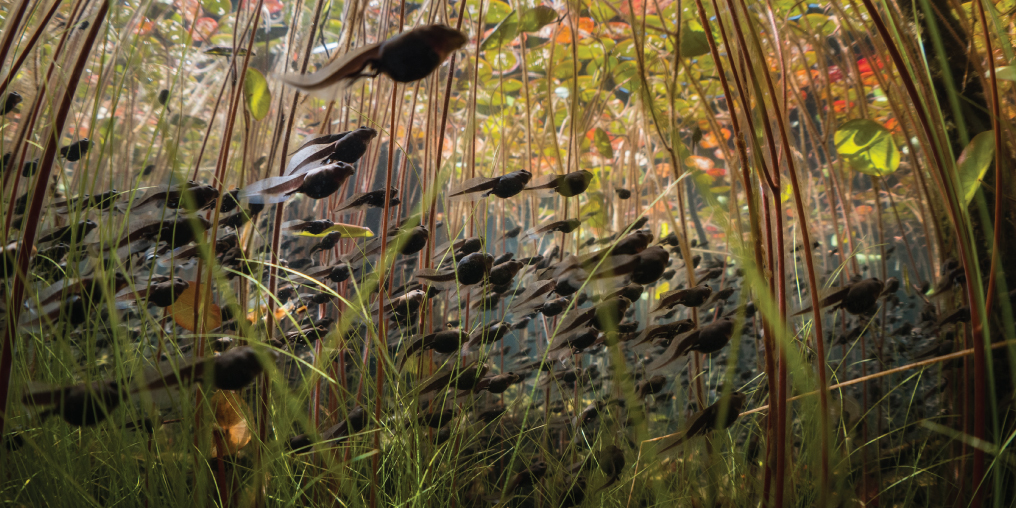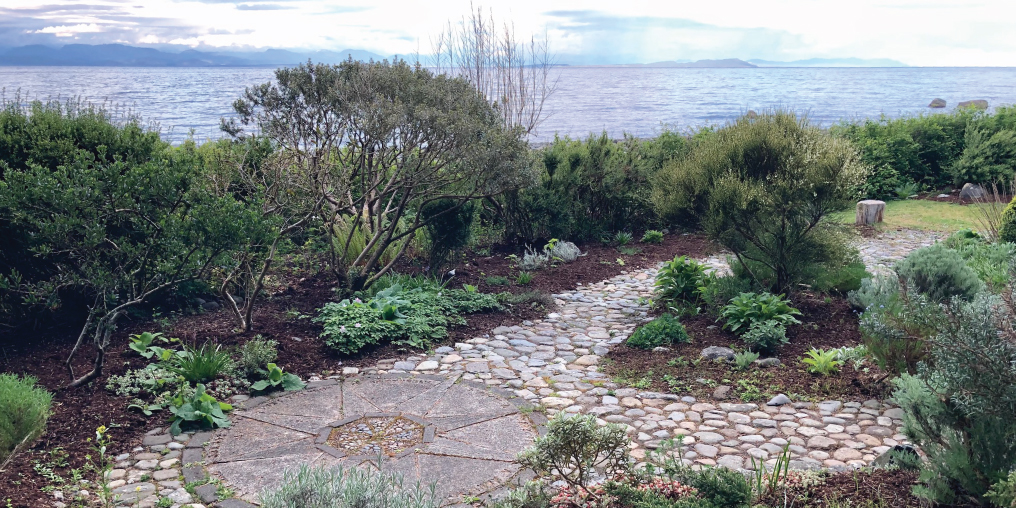I respectfully acknowledge that we are on the unceded traditional territories of the K’ómoks First Nation, and I thank them for the privilege of living on the land and the gift of working with their children.
Having been fortunate enough to live on Vancouver Island my entire life, I am a firm believer in the common coastal saying, “If you don’t like the weather, wait 10 minutes.”
Another saying I heard often throughout my childhood (and, later, from friends on poorly planned last-minute backcountry trips), “There is no bad weather, only bad gear and bad planning.” The last part stings a bit: I have made poor gear choices and failed to plan appropriately for adventures into British Columbia (BC)’s wilderness.
I was fortunate to spend my childhood playing outside more often than not, in and around the forests, mountains, lakes, rivers, and beaches of the Pacific Northwest. I am a big advocate of the power of living and learning outdoors and the magic of play in our natural surroundings, and I recognize the importance of outdoor immersion from a young age—because I lived it.
I feel our shift to a world of fast-paced technological advances, fluorescent lights, and industrial school settings has pushed us the furthest we have ever been from our roots and connection with the Earth. As a teacher, I routinely ask myself why the bulk of learning must happen indoors.
It appears that many families in the Comox Valley share my concerns about traditional classroom-based learning. Especially since COVID-19 hit, many parents (and students!) are asking how they can incorporate more nature in their daily routine and calling for the school district to provide more outdoor options.
Fortunately, there are several outdoor education initiatives happening in the Comox Valley and surrounding areas for preschoolers all the way through secondary school. We have excellent local leaders working to spread the joy of the outdoors through new initiatives that incorporate place and play-based learning, nature-based education, climate action, and environmental education.
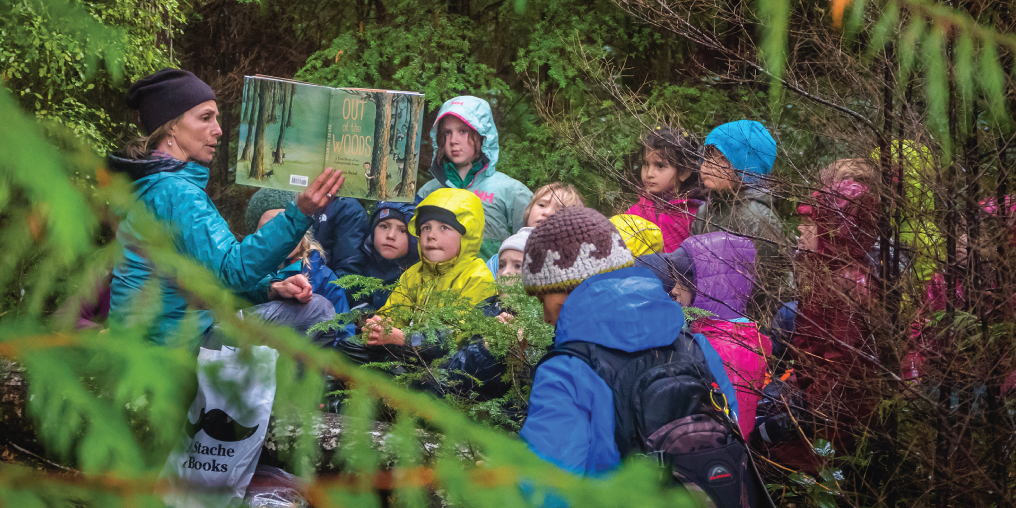
As public schools closed their doors in the spring of 2020, even more people began to ask: How do we educate our children socially and safely? This is partly due to the pandemic, but mostly because many people are looking to truly live in, play in, and learn from their natural surroundings. Parents want to give their children the opportunity to immerse themselves in the power of nature education and explorative play.
The real crux of outdoor education is the shift toward ways of learning that include connecting to land, place-based learning, building relationships, and observing our non-human environment. We can learn so much if we recognize the importance of experiencing and empathizing with the natural world.
Jarrett Krentzel launched the Hand-In-Hand Early Years Nature Education Program in 2015. This simple yet revolutionary nature preschool for three- to five-year-olds adopts several innovative early childhood education values, ranging from Montessori to the Forest School model, and is based around two main pillars. First, it’s nature-based: participants naturally experience and acclimatize to each season. An indoor area is reserved exclusively for use when Environment Canada issues wind warnings. Second, it’s almost entirely child led: there is no agenda and no curriculum, and children are free to explore nature of their own accord.
Krentzel’s background is in environmental and outdoor education. After the birth of his own children and recognizing the learning that occurs from birth (and arguably even before that), he decided to launch a program for young children in the Comox Valley. Currently, there are over 500 kids registered in Hand-in-Hand’s programs—now expanded to Campbell River—including the early years preschool, elementary-aged “Forest Buds” program, spring break and summer camp programs, and an annual Vancouver Island Nature Education “Campference” gathering that welcomes forest friends and beach buddies from all over Vancouver Island and the mainland.
The early years program follows the school calendar and flows nicely for many students into Cumberland Community School’s Nature Kindergarten.
Krentzel believes that “nature educators are, arguably, doing some of the most important work in the world.” I wouldn’t dare to argue with him after witnessing the simple joy of a young child jumping in a newly formed mud puddle, the squeals of excitement while watching a salmon swim upstream, the curiosity and looks of wonder at leaves changing colour, and the exhilaration that comes from risky play in a landscape that feels simultaneously familiar and foreign.
As kids grow older, parents and teachers, like me, begin to ask, When did smartphones take over time that was traditionally spent outside? Many of us want to help older children develop a sense of deep gratitude, curiosity, and wonderment for the natural world.
Serina Allison, the Comox Valley School District’s first Environmental & Outdoor Learning District Teacher, does a beautiful job of bridging the gap as students move from outdoor preschool to school age. Her position was created in 2018 to support teachers in outdoor learning pursuits so they can, in turn, best support students. She provides professional development opportunities and works with teachers one on one and in small group settings to help break down barriers around outdoor learning.
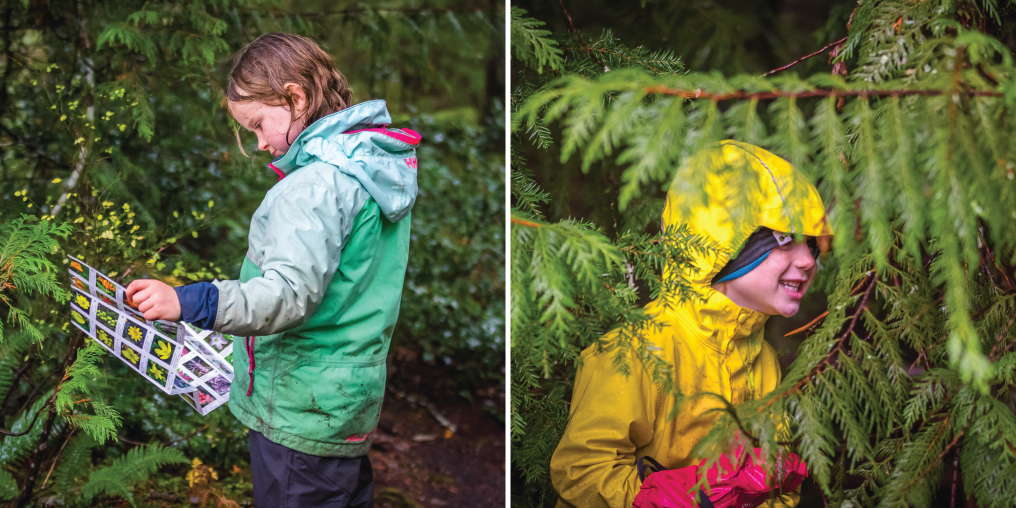
Allison organizes transportation for teachers and students and helps them to explore their natural environment, using the schoolyard and neighbourhood as a starting point. This exploration then extends to more complex outings in the community and larger field trips.
Part of Allison’s role is developing community partnerships for teachers and students to participate in. To that end, she’s been busy cultivating relationships with the City of Courtenay, the CVRD, the Tribune Bay Outdoor Education Centre, Project Watershed, the Courtenay & District Fish & Game Protective Association (who have opened their doors with free access to their services for SD71!), the Cumberland Museum, Current Environmental, and Comox Valley Naturalists Society, to name just a few.
In response to COVID-19, local high schools are operating with fewer classes and longer periods, with students together in cohorts throughout the day. So helping to create safe, workable outdoor spaces and classrooms has become a big undertaking for Allison. She’s set up new physical education programs like disc golf, bocce, and archery (with newly purchased archery sets), and indoor climbing.
When it comes to integrating outdoor education and nature-based learning into the mainstream, Allison and Krentzel both touch on one key factor: those administering the nature-based programs must feel comfortable doing so, or else students won’t buy in.
They both work to break down barriers with parents and teachers, address risk management, and build community relationships to make outdoor education mainstream. Most importantly, they get students comfortable with outside learning each and every day—in the mud, making a mess, and creating magic.
For further information on the outdoor education programs discussed above or to connect with Serina or Jarrett, please contact:
Serina Allison
Serina.allison@sd71.bc.ca
learn71.ca/environmental-outdoor-learning-eol
Jarrett Krentzel
jarrett@hand-in-handeducation.com
hand-in-handeducation.com

